See, feel, smell… it makes sense
Sensory design is anyone whose creations aim to stimulate the senses. They are objects and spaces, or the sum of these in carefully designed environments, generating any effect on the human central nervous system. It can be an aroma, which evokes memories or creates new ones, a texture that caresses the skin and is felt even if we don't touch it, a pattern, or the mixture of several, that excites and amuses the vision and inspires the imagination, a sound that soothes or vibrates with emotion, an appealing color or shape. It can even be related to the temperature of the materials being handled. Sensory design is meant to be touched, lived and experienced because it is life. Its aspiration is to create sensory perceptions, connect through emotions that trigger the senses, all of them, and make each and every experience more pleasant and satisfying. Sensory design assesses how we perceive our surroundings, how we relate to objects and spaces, how we use them and what we feel through that experience, or how we could feel better through it. Sensory design looks at everyday routines to change, improve or 'sweeten' the way we feel, whether at home or on public transport. The quality of the air, the color temperature, the harmony of shapes, the lighting, a noise that is eliminated or turned into music, everything is considered in the process of creation or recreation.

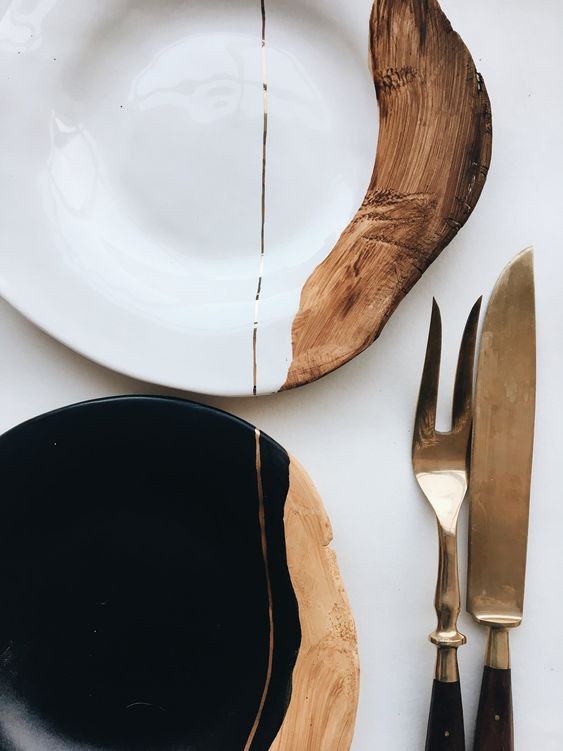
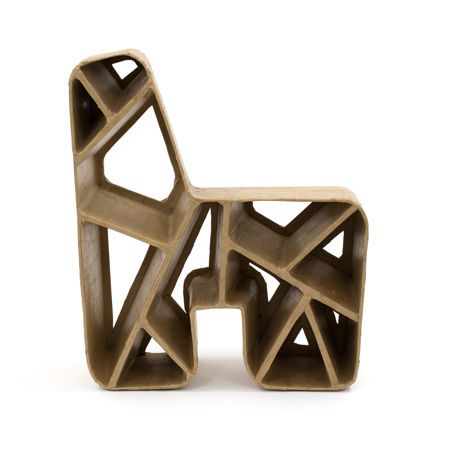
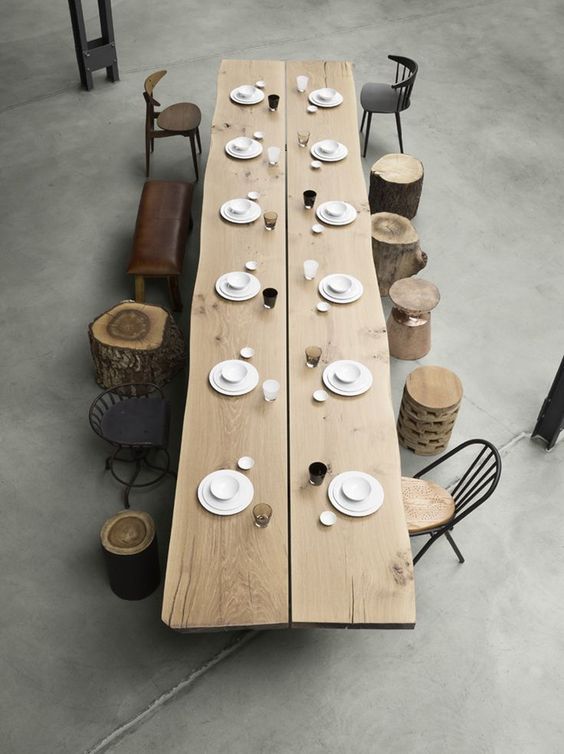
Reconnect
Basically, it's back to look at nature, its patterns and textures, its shapes and aromas, its harmony and organicity and bring human creations closer to all this sensitive intelligence. Edges are filed, contours are rounded, irregularities are respected. It means removing sensory aggressions from the planet, almost all of them resulting from the artificial manufacture of all our artifacts. It's reducing the coldness of plastic, it's respecting ergonomics, reducing noise pollution, refreshing ideas and the planet with more green, and creating as if for the first time we sat down to think how anything, whatever it might be, should be done, or it should already be done, forgetting how we always did it until now. There are designers who do it instinctively, due to their strong connection with Nature and humanity and their undeniable respect for the principles of life and well-being. The Campana brothers, Humberto and Fernando, in Brazil, are the example that first comes to mind, when we approach innovative, artistic and enlightened design, where manufacturing is valued and the pleasure of those who use and enjoy an object. To functionality, they add humor and comfort to environmentally friendly materials and techniques, produced sustainably and by local artisans. Before being touched by the final consumer, the pieces were caressed by people who love what they do and dedicate hours of enthusiasm and wisdom to the manufacture of a piece, through manual processes. Sensory design is also, for all that, a way to reconnect with the planet and with the needs of our own body. It is also a search for comfort, security and physical and emotional well-being. Goals easily achievable through organic and vegetable materials, earthy and natural tones, fruit and tree colors, sky, sea and mango, water or bird sounds, wildlife patterns and wild aromas and textures that rhyme with the wool of the sheep, the touch of tow and the smell of cotton.
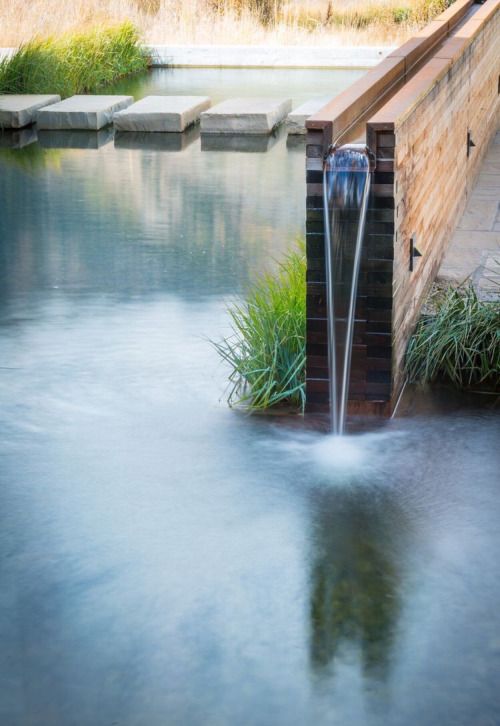
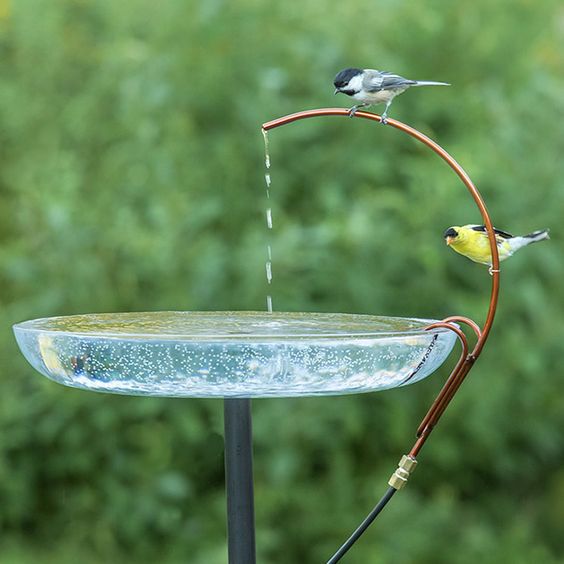
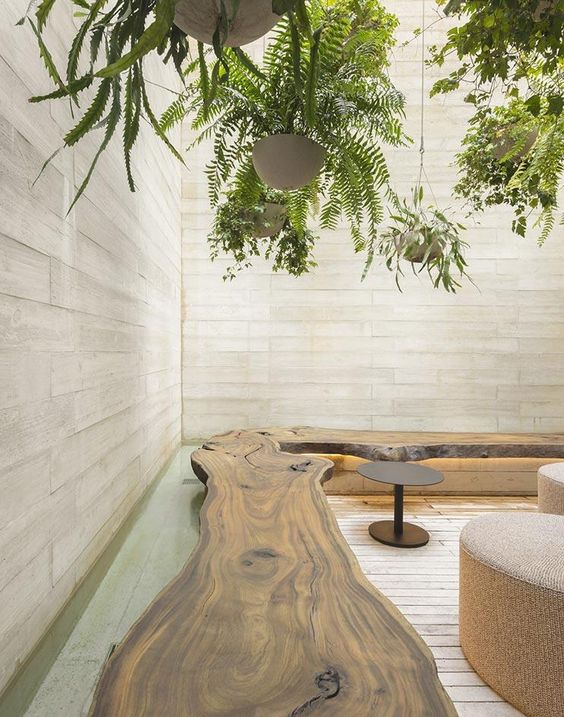
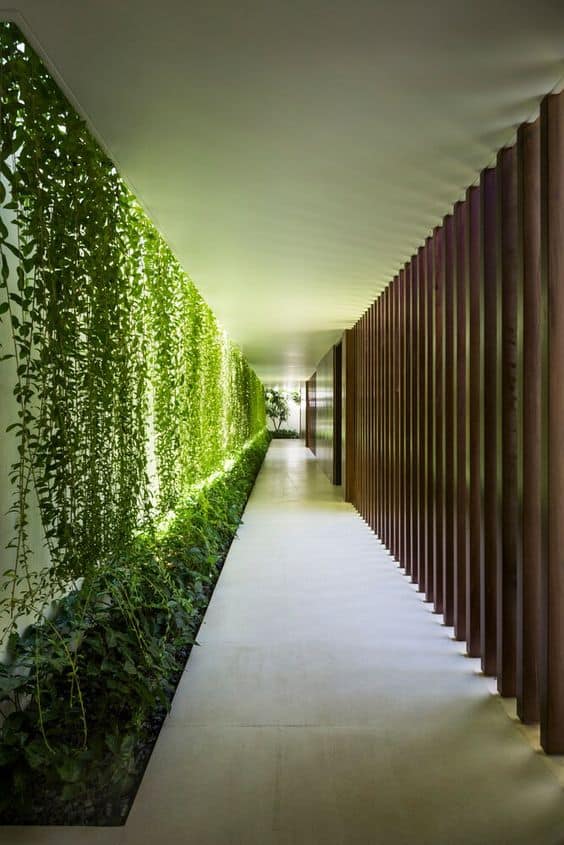
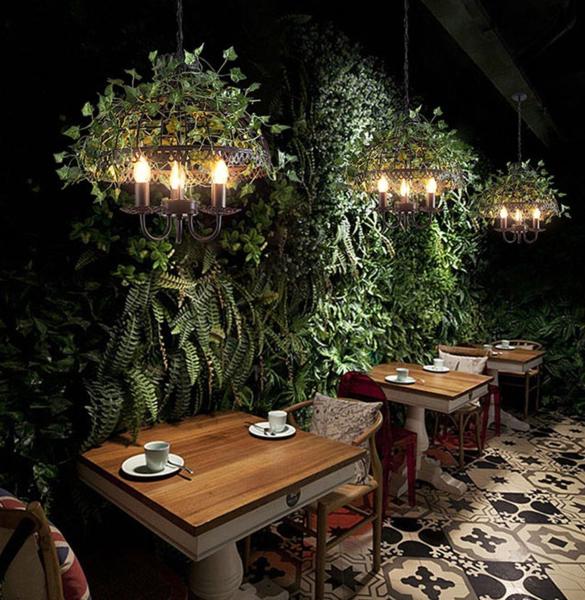
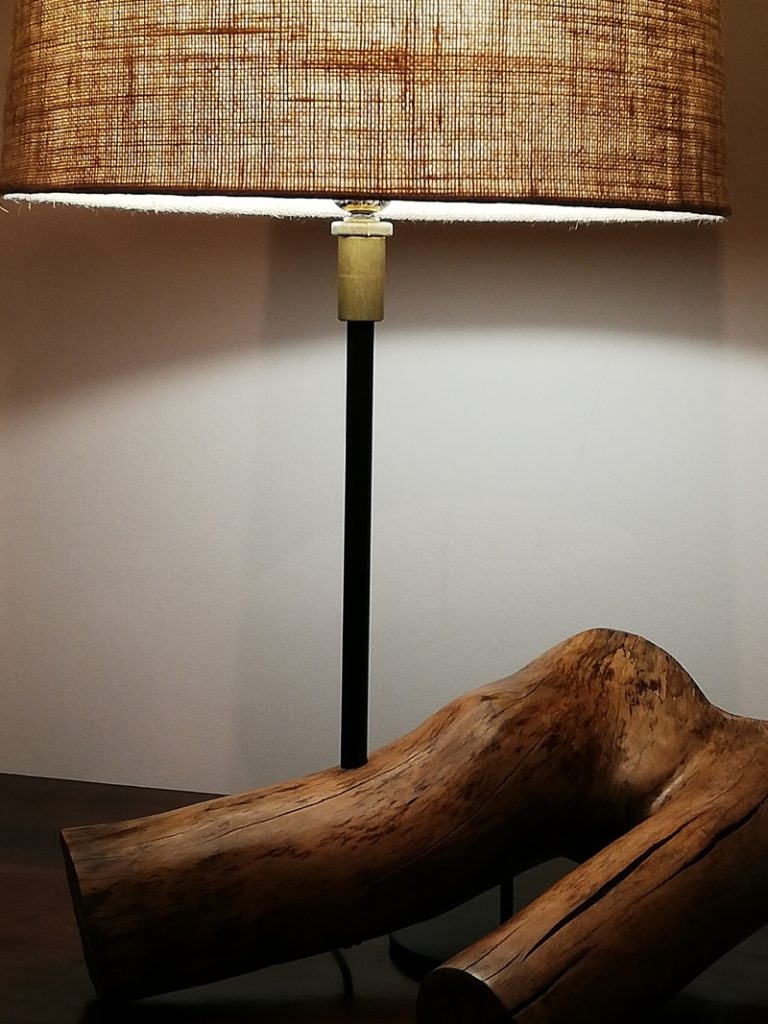
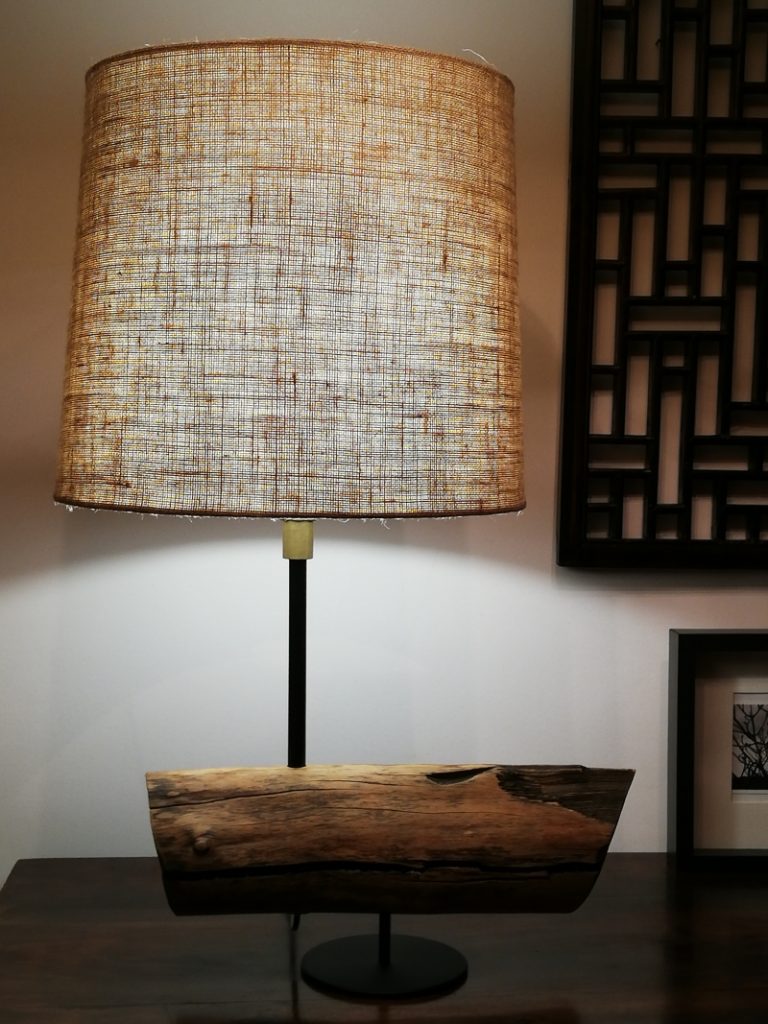
The heat and a cabin
The well-known Portuguese architecture firm Aires Mateus, also owned by two brothers – Manuel and Francisco Aires Mateus – achieves the same in the design of sensory spaces, literally taking the surrounding nature inside its doors. In the unexpected and inspiring project Casas na Areia, in Comporta, in which a hotel disguises itself as a house and in which the house disguises itself as a beach, autochthonous elements such as reeds, wood and the beach sand are not mere decorative elements. , they are used as structural elements. In this way, artifices of contemporary engineering are dispensed with and the appealing and intoxicating idea of the original constructions in the land of fishermen is rescued, that of a simple hut well integrated in the dunes of which it made ground and in the sea air that runs through its veins. Houses like this, simple and in harmony with the surrounding environment, are born from the earth and belong to it without hostility or vanity. Not imposing, but coexisting, without dramas or affirmation needs. The genius of the simple line is limited to what is strictly necessary – a roof over four walls, as any child would draw – and uses the resources that are at hand, those that Nature offers to its other inhabitants. There is nobility in this architecture, which results in an exuberant sensory experience, which organically communes with the landscape. This, the landscape, is not just outside, it is also inside. The smell of wood and plant fibers with which walls and ceilings are covered, chase away the heat and warm the heart. The sensation is close to that of those who simply camp, temporarily borrowing a piece of landscape, a bit of sky, feeling underfoot the refreshing comfort of the sand that was already there.
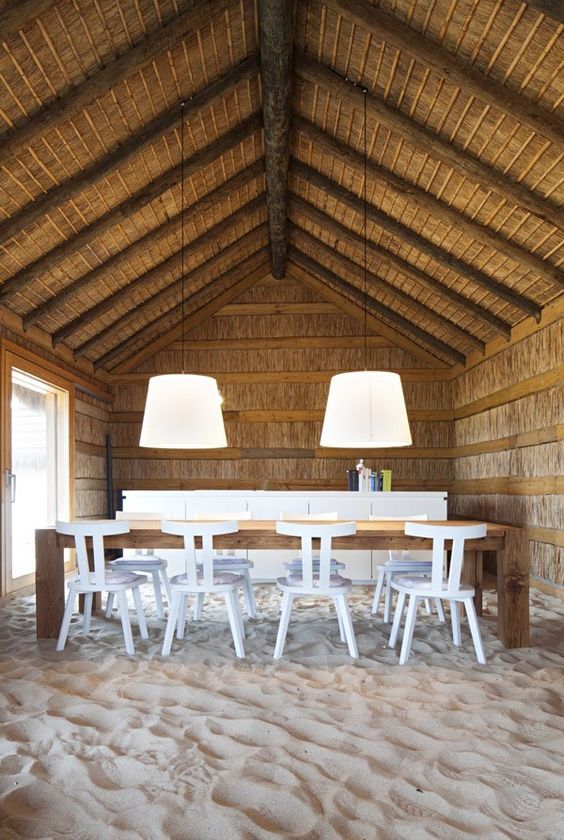

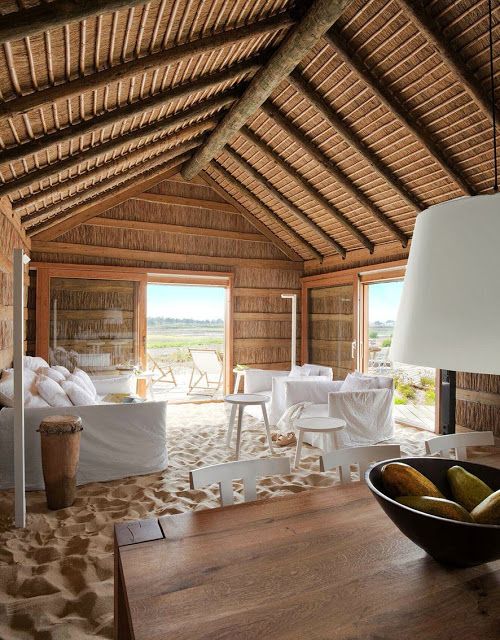

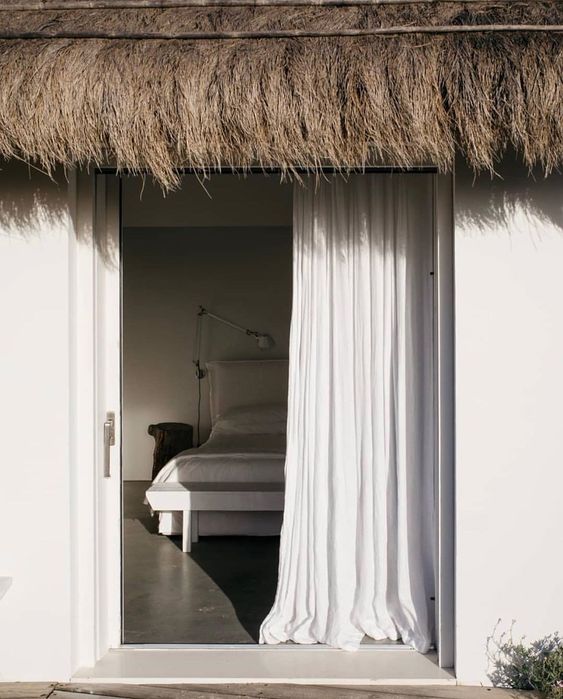
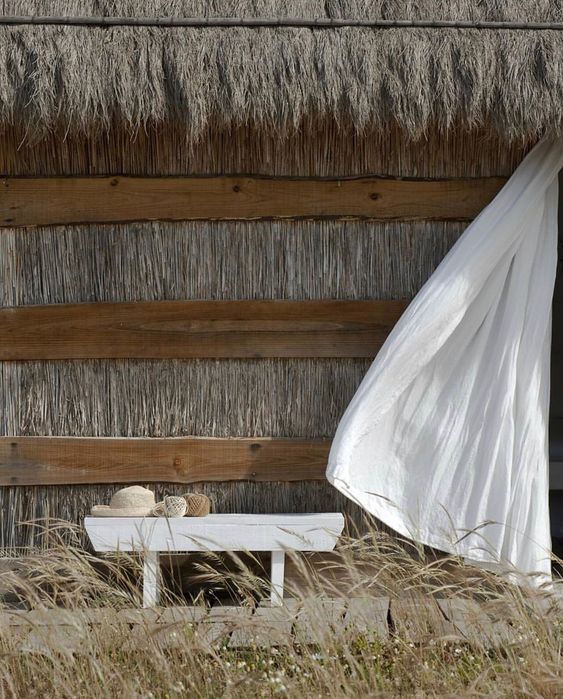
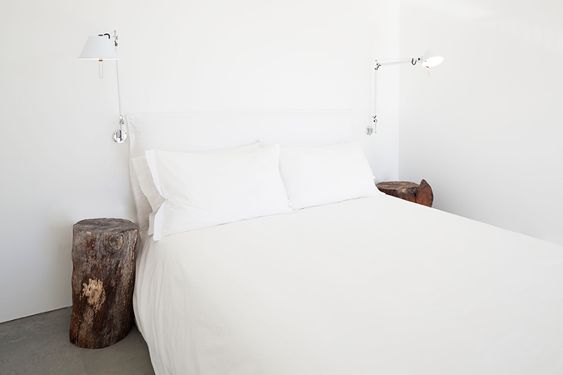
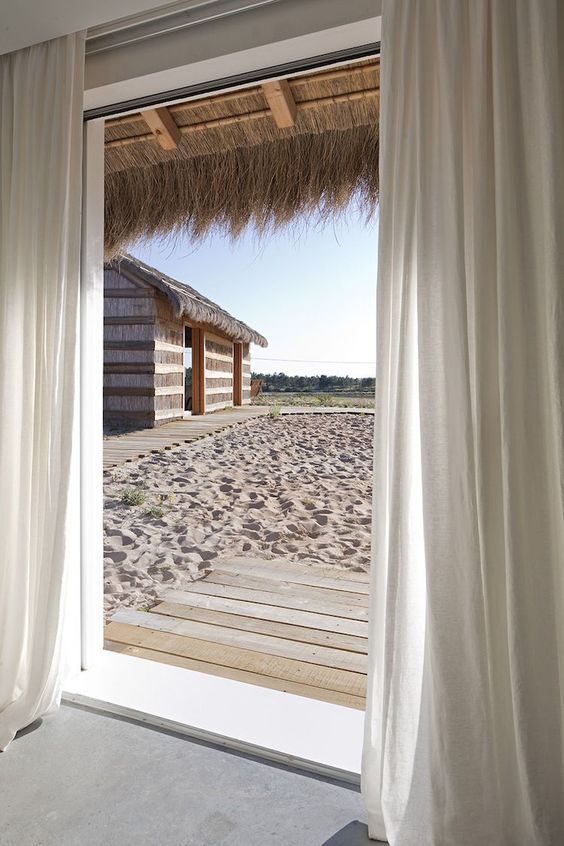

Challenge and benefit
This design challenges conservatism and habits rooted in the urban way of living and experiencing everyday life. It minimizes needs and extravagances and limits beauty and comfort to what is strictly necessary. It introduces the exterior landscape into the interior environment, incorporates the local vegetation, forcing the concrete to be cut around trees and to 'paint' interior walls with vegetation. More in line with the slow living and its twin silent living – or should we say better living –, this design puts us back in a place that we should never have abandoned, a place that connects us with the planet, our planet, which, today, we feel as something that is external to us, that is just out there, somewhere, and before which we do not feel obliged to feel respect or pay obeisance. This relationships strengthening, getting closer to our ancestral place is also a source of emotion and allows us to play with our own time conception, since, with our feet in the sand, for example, everything seems to slow down, even the clock hands. Sensory design recovers memories and sensations, without denying the need for progress, another founding element of human DNA and a generator of comfort and safety. In winter, for example, the sand on the floor of this hotel-house is heated using a concrete base that incorporates a heating system. Yes, let's not throw away all we've already invented. Let us rather, wisely, use it without hostilities, without violence or aggression towards the environment. Let's make the ordinary extraordinary.
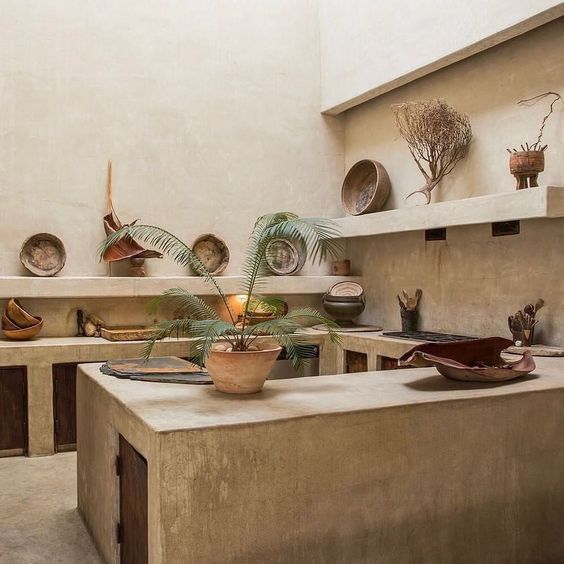
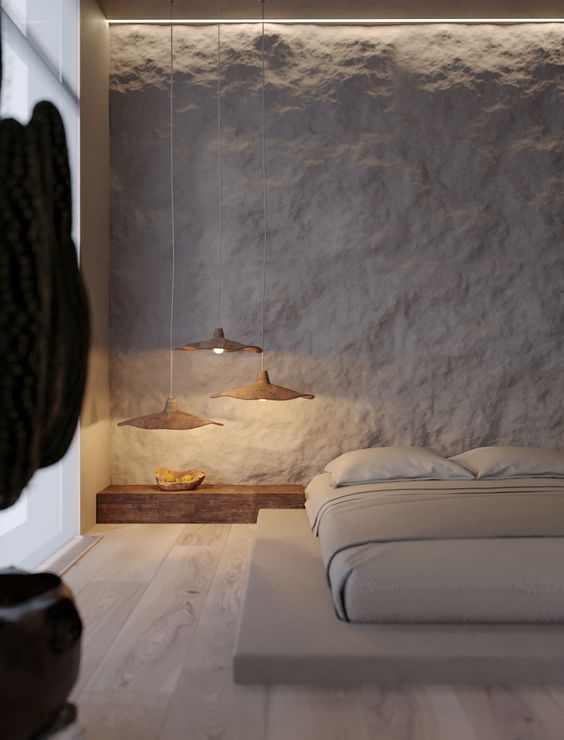
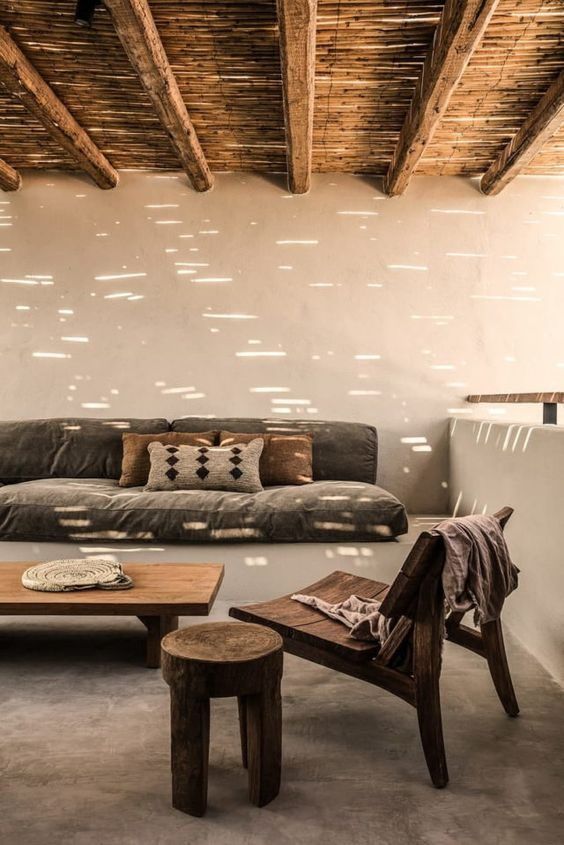
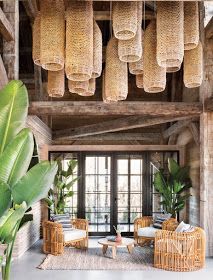

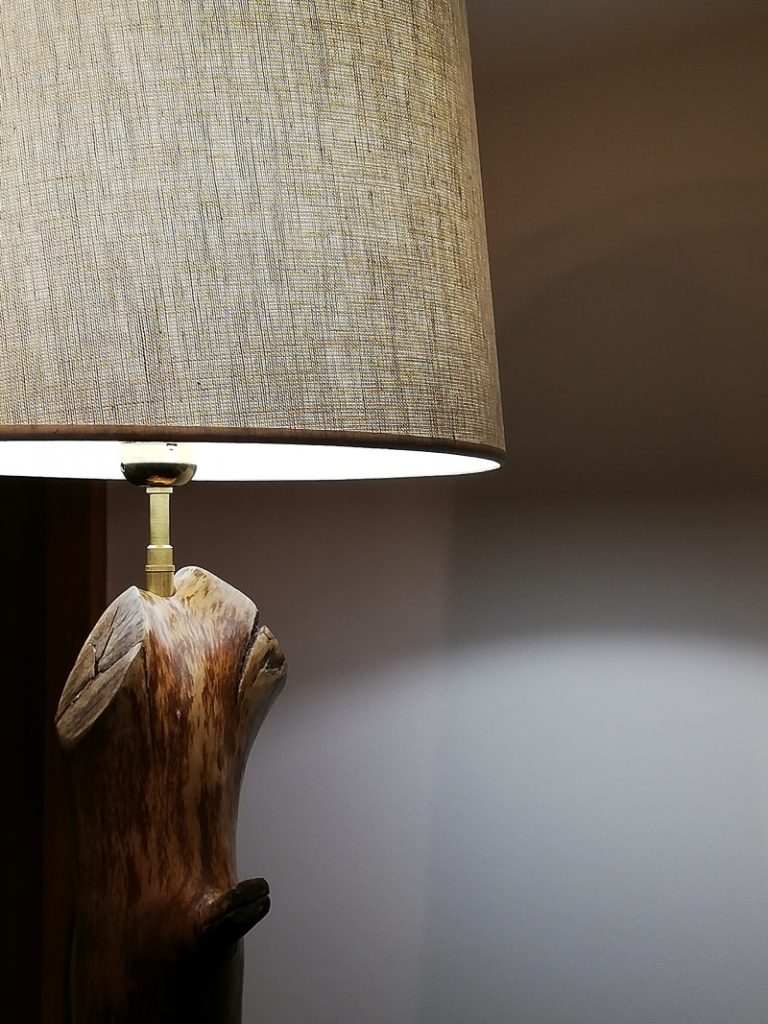

Things that make us want to touch and feel
There are more experimental, conceptual and futuristic versions of sensory design, designed to provoke us, to trigger and stimulate the senses in a vivid and artistic way, through installations, where lighting, sound, odor and matter come together in a circus of sensations. An emotional feast. However, the most emotional is the design that combines with everyday objects, which furnishes our home and snuggles our body. There is a very specific, emotional and affective vibration in objects that we need that respect all this, not limited to being practical, to fulfill a purpose and that still refuse to use synthetic materials and sequential molds that allow their production. in bulk for lower price. A process, the latter, which in the end plays against the need for accessibility, making these artifacts a million times more disposable, less attractive and, not infrequently, less durable.
We are driven by the passionate idea that our Light It Be lamps belong to this category of things. Things you want to feel and smell, like the wax and linseed with which we make the final stain with which we 'dress' our wood, or the mineral odor of brass or the natural textiles of their 'hats'. Noble and simple materials, born in the earth, like the trees that give them life, handled with artisanal dedication.
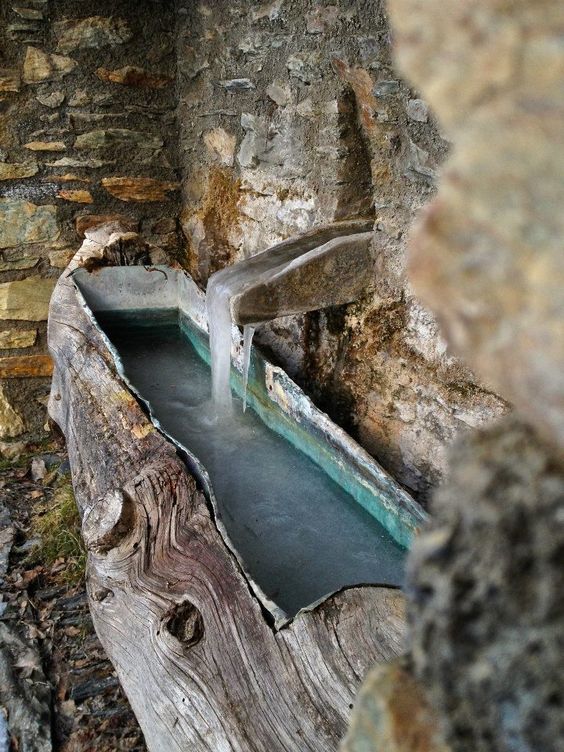

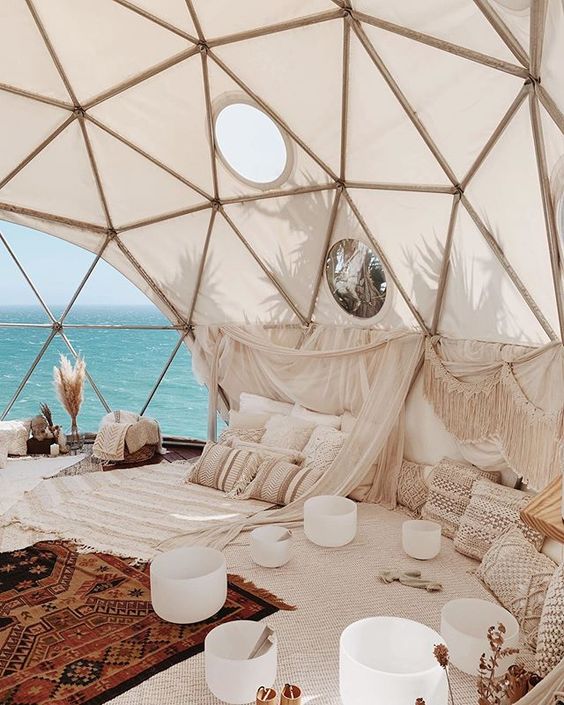

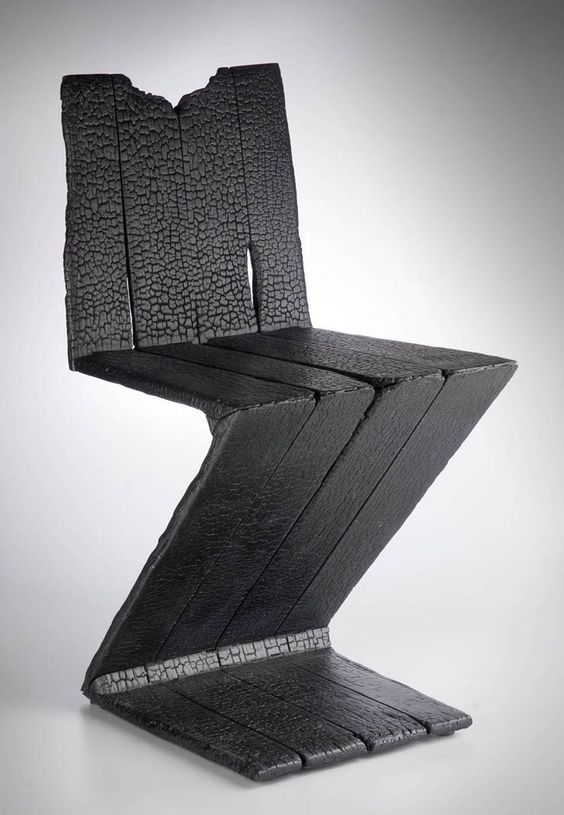
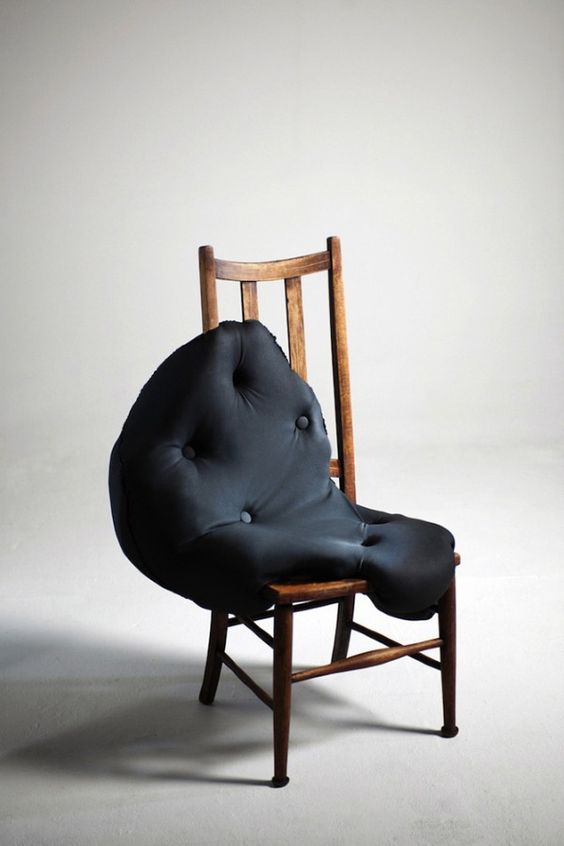

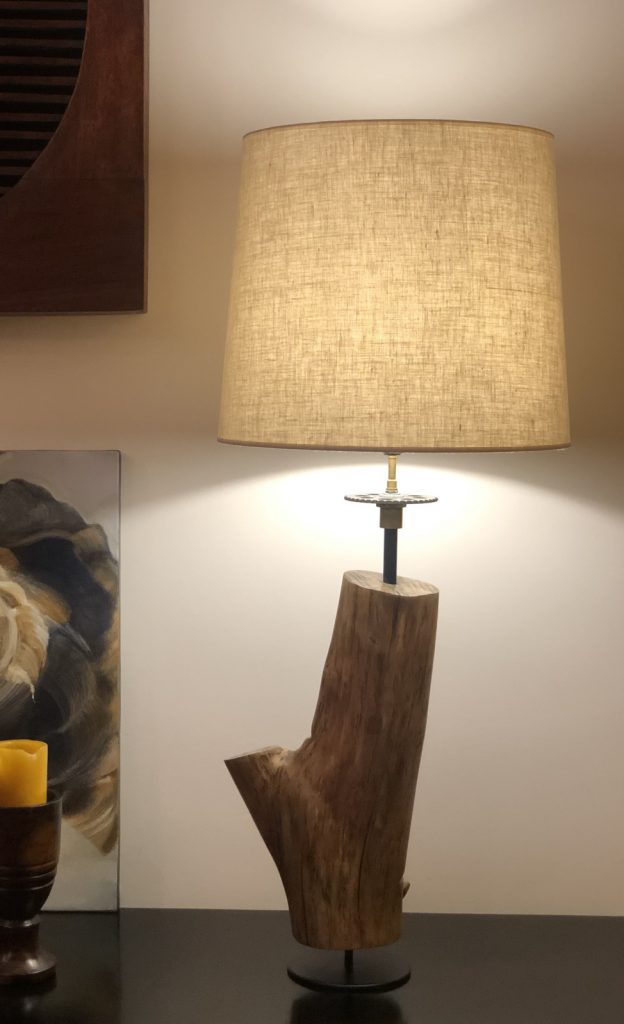
Housing intelligence
When a creation meets the needs, in an ergonomic and organic way, based on local resources, without waste, without the need to pollute the environment in order to be produced and still adds sensorial value, comfort and emotion to the experience of its enjoyment, then, in addition to sensory, we are dealing with intelligent design. In this case, natural intelligence, so often devalued in the name of emerging artificial intelligence, where emotions and sensations have no place. They, emotions and sensations, are exclusive to sensitive beings and this must be cherished and preserved with our life, because when machines will manage to fall in love, they might come to want that exclusive. That would be the end of our world. For now, we have wood, sand, clay, stone, minerals, plant materials and hands that know how to mold them into almost everything we need to be happy. Let's call it happy living.
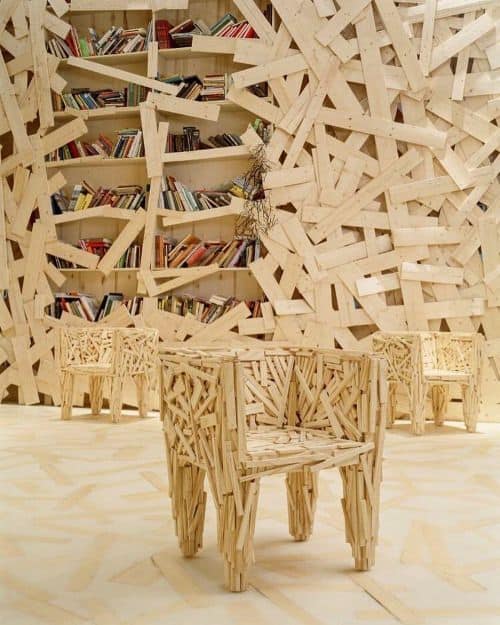
By Campana brothers

By Anders Johnsson and Petter Thorne

By Campana brothers
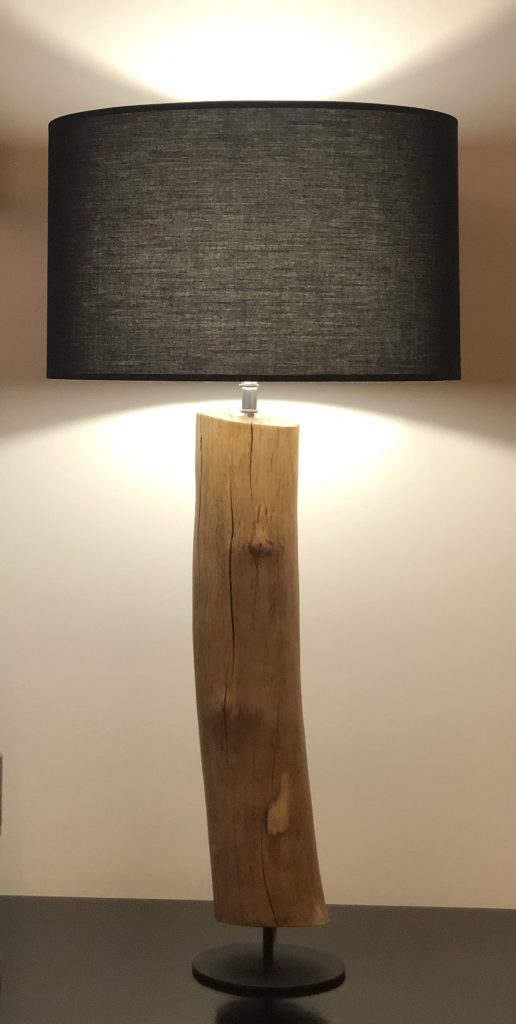


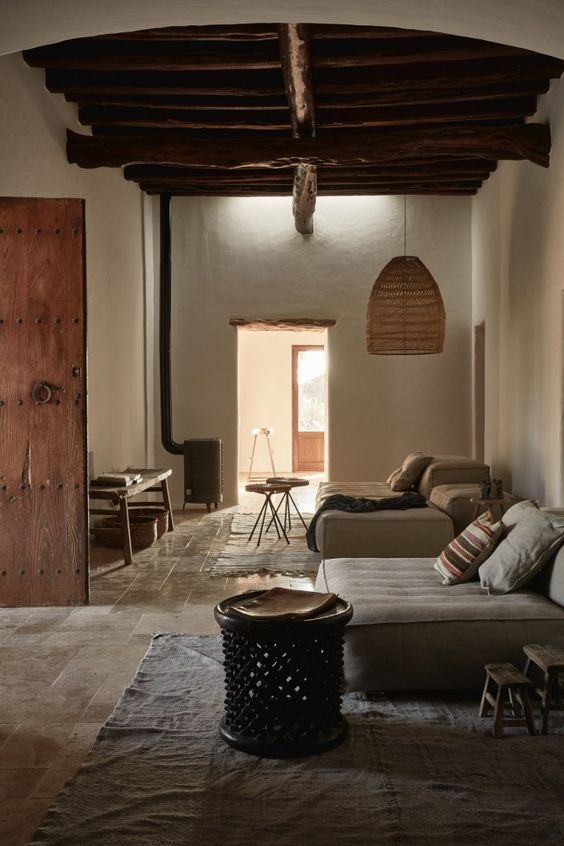

Photos – Light It Be and Pinterest


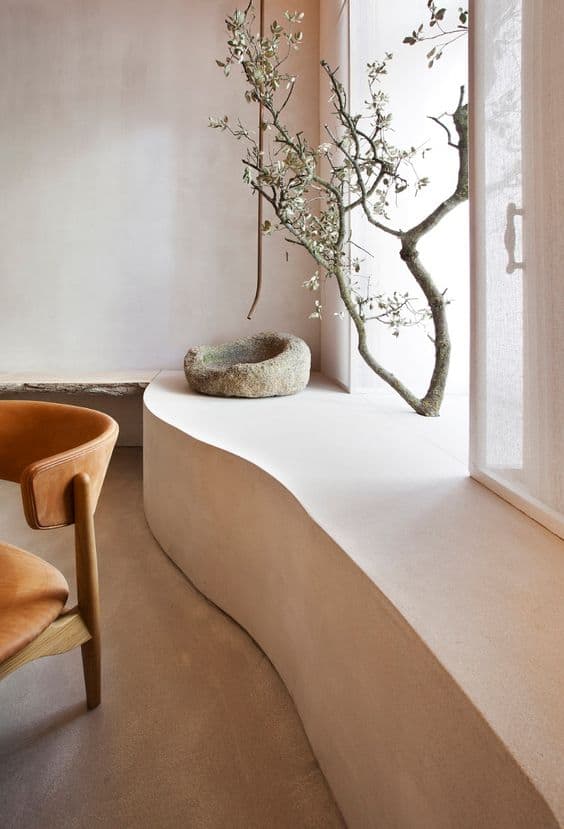

0